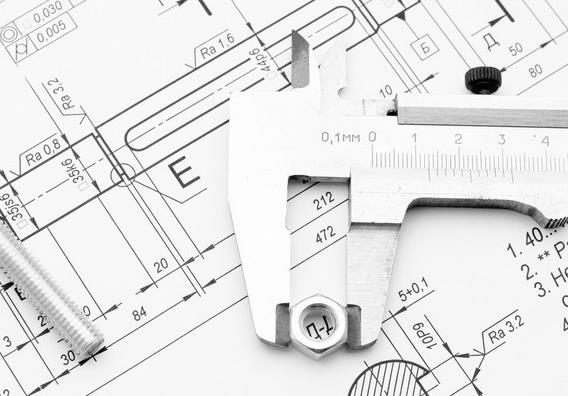Among many metal materials, aluminum has become the metal material of choice for many engineers because of its excellent appearance, excellent performance and affordable price. It can be said that as long as aluminum alloy can meet the performance requirements, most of them will choose aluminum alloy.

Currently, you can selectively use CNC machining, 3D printing or aluminum casting services to manufacture aluminum prototypes based on the quantity, shape, price and other factors of the parts.
Each of these methods has advantages and disadvantages. Wrong choices can result in high manufacturing costs, among other things.
CNC machining
CNC machining is one of the most common machining methods for making aluminum prototypes. This machining process uses precise control of the machine tool to remove part of the aluminum workpiece and leave behind the part you want.
As a subtractive manufacturing method, it wastes material. But what makes CNC machining different?
CNC machining provides high quality, excellent surface finish, repeatability, and compatibility with a wide range of aluminum alloys.
CNC machining is particularly suitable for making prototypes. 4- and 5-axis CNC milling machines allow you to create complex prototypes that are difficult to handle with other machining methods.
3D printing
3D printing uses additive manufacturing technology to create aluminum prototypes, which reduces material waste. Direct Metal Laser Sintering (DMLS) technology can be used to create 3D printed aluminum prototypes. Here, powdered aluminum particles are sintered layer by layer using a high-power laser to form the desired shape.
Similar to the CNC machining process, 3D printing relies on 3D CAD models to create accurate aluminum prototypes. Ability to fabricate complex geometries with complex internal cross-sections. However, 3D printed aluminum prototypes are not cheap and often require additional surface treatment.
3D printing of aluminum prototypes is typically more expensive than CNC machining. Therefore, 3D printing is suitable for manufacturing small parts, especially test versions and product prototypes.
Investment casting
Investment casting is a centuries-old casting process used to create aluminum prototypes. Here, aluminum parts are made by pouring molten aluminum into molds made from wax models.
Molds are expensive to produce because they require special equipment. Therefore, making molds for one or two prototypes is not economically feasible nor suitable for mass production.
Investment casting offers excellent surface finish, tight dimensional tolerances, and is compatible with a variety of aluminum alloys. Additionally, investment casting wastes less material than CNC machining.
The only drawback to this process is the size limitation. If you are making large, bulky aluminum parts, this may not be the best choice.
PROTO MFG provides a wide range of manufacturing capabilities and other value-added services for all of your prototyping and production needs. Visit our website to learn more or to request a free, no-obligation quote.